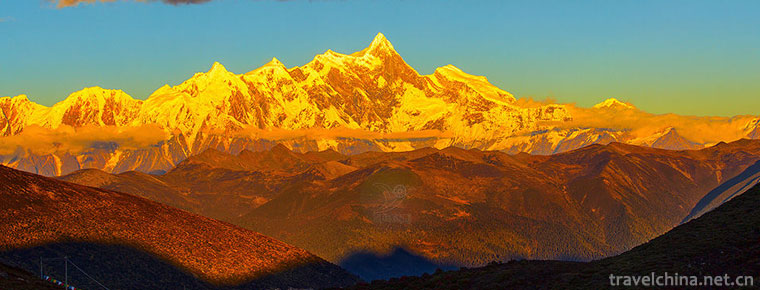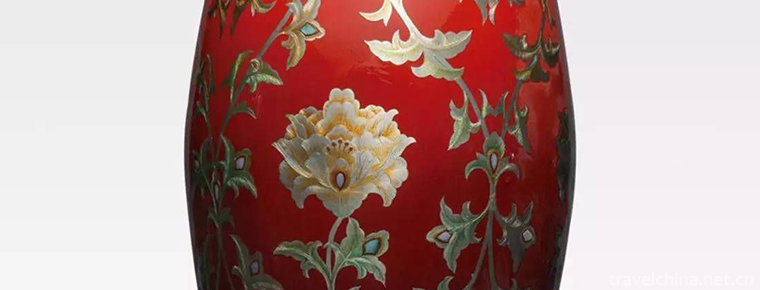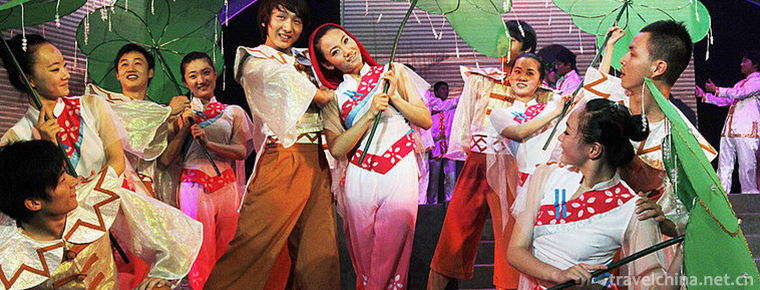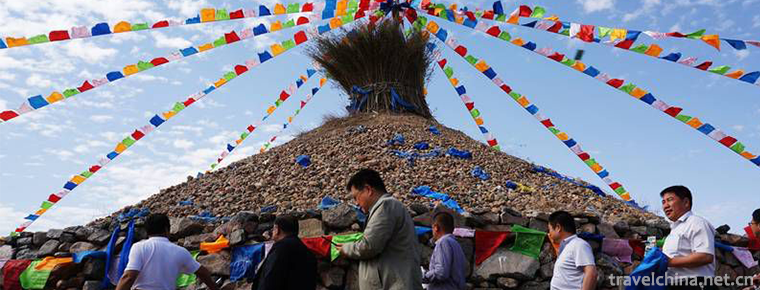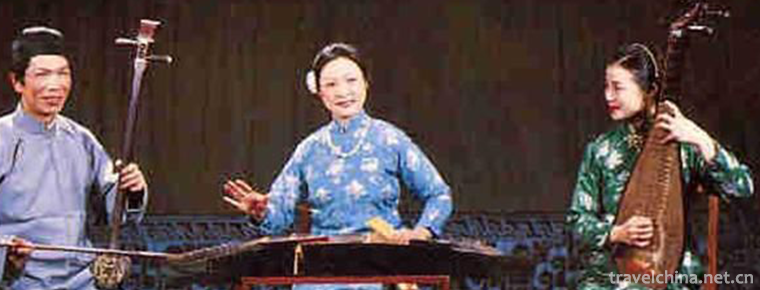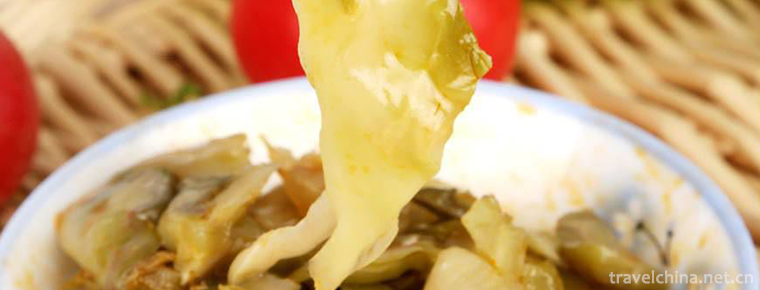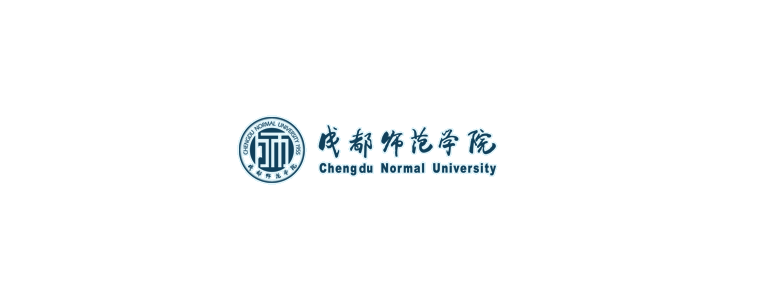Saint Sophia Cathedral in Harbin
Saint Sophia Cathedral in Harbin
St. Sophia Church is located in Sophia Square, Daoli District, Harbin City, Heilongjiang Province, China. It is a Byzantine-style Orthodox Church built in 1907 and is a landmark building of Harbin. In 1986, the Harbin Municipal People's Government classified it as a protected building; in 1996, it was approved by the State Council and listed as the fourth batch of key cultural relics protection units in the country. The interior of St. Sophia Church is now used as "Harbin Museum of Architectural Art".
St. Sophia Church was founded in March of 1930 (1907) in Guangxu of Qing Dynasty. It was originally built as a military chapel when the Middle East Railway was built for the 4th Infantry Division of Tsarist Russia and East Siberia. In the same year, the Russian tea merchant, Ifi Chiskakov, funded the rebuilding of an all-timber Church based on the military chapel. In 1911, a brick wall was built outside the wooden wall to form a brick-and-wood church.
On September 27, 1923, St. Sophia's Church was rebuilt for the second time. It took nine years and was completed on November 25, 1932. It became the largest Orthodox Church in the Far East. Sofia Church is designed by Russian architect Koasikov. It is magnificent, elegant and super-popular. It is 53.25 meters high and has a building area of 721 square meters. It can accommodate 2,000 people. The top of the main entrance is the bell tower. The seven copper bells are just seven notes. It is necessary to use well-trained bell strikers and feet to strike the bell with cadence. The layout of the church building is Greek cross style, which is influenced by Byzantine architectural style. The main dome, bell tower and traditional Russian "tent top" and "onion head" shapes.
In 1986, Harbin Municipal People's Government classified it as a protected building. In November 1996, it was listed as the fourth batch of national key cultural relics protection units. From June 2 to September 2, 1997, the Harbin Municipal People's Government carried out a comprehensive renovation of the church according to the original design, expanded the Sofia Square 7,000 square meters, and established it as the Harbin Museum of Architecture and Art to publicize and promote Harbin's unique architectural culture.
In 2000, the Harbin Municipal People's Government organized and expanded the construction projects of Harbin Architectural Art Square, Central Leisure Square and Urban Construction Planning Exhibition Hall. It was completed and put into use on October 1 of that year. After the expansion, the area of the building art square increased from 6000 square meters to 1000 square meters, and the area of the central square was 36154 square meters.
Architectural function
The interior of St. Sofia Church is now open to the public as "Harbin Architectural Art Gallery". The Harbin Urban Construction Planning Exhibition is on display in the museum. It is divided into three parts: historic city, construction process and planning for tomorrow. It systematically shows the style and features of Harbin's historic and cultural city and the evolution calendar of modern metropolis. Cheng, and the future development prospects of the city.
The construction project of urban construction planning exhibition hall was completed and opened to the outside world on July 1, 2001. The total floor area of underground exhibition hall is 3972 square meters. It is the first modern exhibition hall constructed in Harbin. It is divided into six areas: exhibition, demonstration, reception, office, sand table control and exhibits storage. Located in the center of the exhibition hall is the 1:600 urban construction planning sand table of Harbin, with a total area of 396 square meters, representing an urban area of 142.56 square kilometers, covering five administrative areas: Nangang District, Daoli District, Daowai District, Power Zone and Xiangfang District.
historical significance
Saint Sophia Church is an exotic cultural landscape and urban style in Harbin. It is also an important historical witness of Russia's invasion of Northeast China and a treasure of Harbin's modern history.
St. Sofia Church plays an irreplaceable role in promoting the multicultural construction of Harbin, promoting the opening up, friendly exchanges and social and economic development of Harbin.
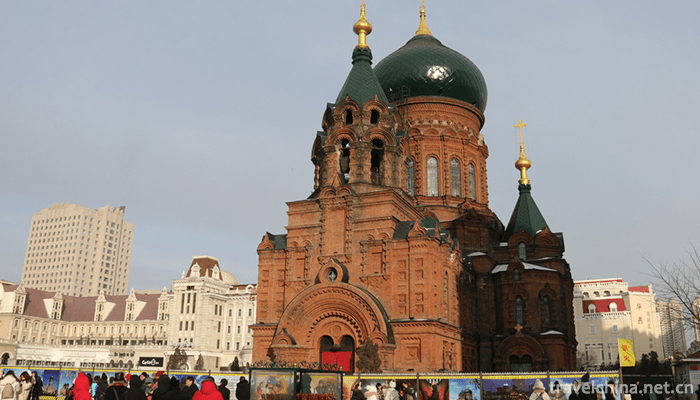
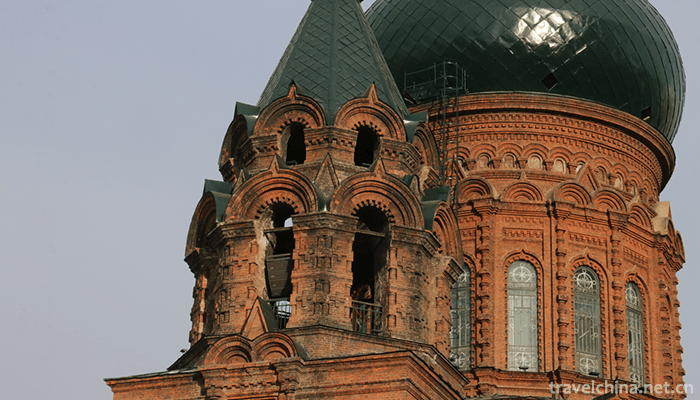
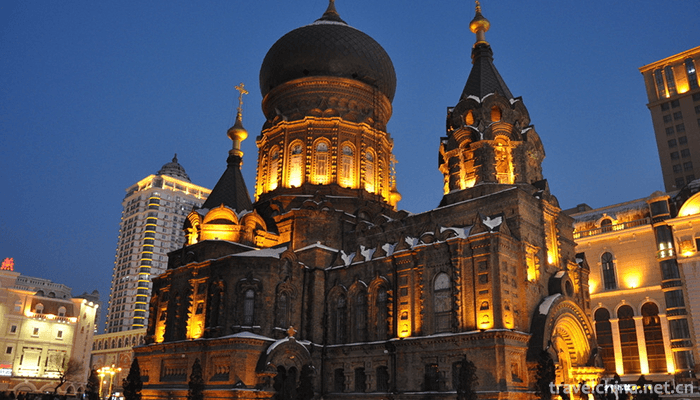
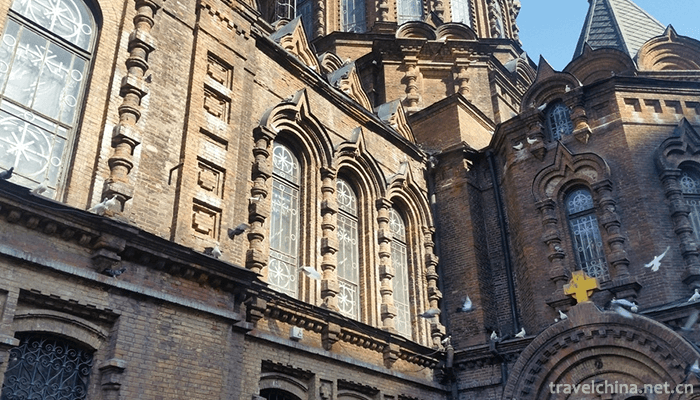

Saint Sophia Cathedral in Harbin
-
Xiangshi Zoo
Xiangshi Zoo is invested and constructed by Dongguan Yuye World Industrial Investment Co., Ltd. The total investment of the project is estimated to be 350 million yuan.
Views: 166 Time 2019-02-25 -
Chengdu lacquer art
Chengdu lacquer art, the traditional handicraft of Chengdu City, Sichuan Province, is one of the national intangible cultural heritage.
Views: 181 Time 2019-04-18 -
Gaoyou folk songs
The earliest source of Gaoyou folk songs can be traced back to the Neolithic Age. Gaoyou Lake and Lixia River in Gaoyou City are the traditional folk songs widely spread in their production and life.
Views: 336 Time 2019-04-30 -
Sacrifice Aobao
Aobao sacrifice is a traditional custom of Mongolian people, and one of the manifestations of prairie people's natural worship. Xilinguole League is a relatively complete
Views: 178 Time 2019-05-05 -
72 Sorcery Music of Lingyun Zhuang Nationality
The 72 witchcraft tunes of Lingyun Zhuang nationality originated in Lingyun County, Guangxi, mainly centered on Sicheng Town, where the county government is located. It is a tune sung by the Zhuang wi
Views: 205 Time 2019-05-13 -
Nanyin Rap
Nanyin rap is a form of rap sung in Guangzhou dialect. It is also a common melody in Cantonese opera and Cantonese opera. It is said that Nanyin rap was developed on the basis of wooden fish and drago
Views: 314 Time 2019-06-07 -
Running curtain
Running curtain originated in the Spring and Autumn Period and Warring States Period, formed in the Qin and Han Dynasties, flourished in the Song, Yuan, Ming, Qing Dynasty and the early Republic of Ch
Views: 349 Time 2019-06-09 -
Siming Nanci
Siming Southern Ci is also called "Siming Documents". A kind of traditional local folk art in Zhejiang Province. Tanci, spoken and sung in Ningbo dialect. It is popular in Ningbo, Zhejiang P
Views: 200 Time 2019-06-16 -
Traditional Manufacturing Techniques of Preserved Vegetables
Fuling mustard was created in Guangxu 24 years of Qing Dynasty (1898). It has been popular with consumers since it came out, and its influence has been increasing. Fuling traditional handcrafted musta
Views: 172 Time 2019-07-16 -
Chengdu Normal University
Chengdu Teachers College is an undergraduate teacher's college in Sichuan Province, which is a pilot University for the overall transformation of Sichuan's comprehensive reform. The school's predecess
Views: 337 Time 2019-08-31 -
Luzhou transportation
By the end of 2017, the number of civil motor vehicles in Luzhou had reached 678200, an increase of 74700 over the beginning of the year. Among them, 352400 cars (including 294 tricycles and low-speed trucks), an increase of 56500, and 323700 motorcycles, an increase of 17600
Views: 929 Time 2020-12-14
